As we navigate the fun of the holiday season, I am always working to finish up the last pages of our latest novel unit in order to bring our hard work to a close and start fresh in January upon our return from our winter break. This can be a tricky time, but with "stick-to-it-iveness" and engaging work, we can do ANYTHING!
As a whole group, we brainstorm the different characters from the text. Next, I draw how I envision one of the brainstormed characters at the beginning of the story. My students will do the same in their reading notebooks. We all get a huge kick out of my illustrations. My drawings of the characters all seem to showcase broad shoulders and "jazz hands." These drawings are flawed, and that is just how I like them because I want my students to see that our drawings don't have to be perfect! After we draw the character, we use the text to identify characteristics of this character at the beginning of the text. We discuss and label what the character thinks, says, does, feels, hears, wears, eats, etc.. Here are a few examples...
Once we have completed the novel, we draw the same character, but with the end of the story in mind. We then discuss and label the character. What does the character think about now? What is the character feeling now? What does the character do now? What does the character know now that wasn't known before? How has this character changed or grown? This focused two-part analysis activity truly helps my students thoughtfully analyze the characters in the texts they read.
In this image, Taylor has illustrated the character at the end of the story and written a paragraph to describe four changes the character has experienced from the beginning of the novel to the end citing specific examples from the text, as opposed to simply labeling her illustration. She is demonstrating her clear understanding of this standard through both her illustration and writing. While drawing is not anywhere in our 6th grade ELA standards, it is a medium that helps my students with their thinking, and so, we illustrate to enhance our thinking and our writing. Try this strategy with picture books, short stories, or novels-I promise, it works!
Grab this Character Analysis FREEBIE for students to continue their work on this skill independently, in partners, or in small groups...
I would love to hear any tips and tricks you utilize with your upper elementary students to better navigate the characters in the books your students read.












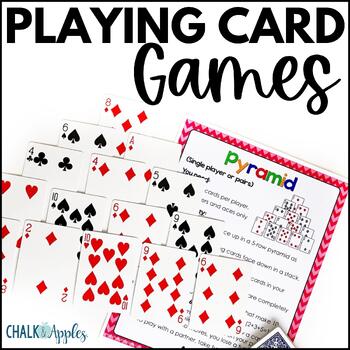
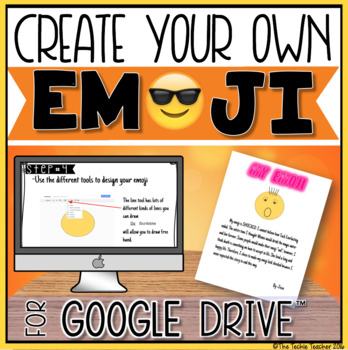
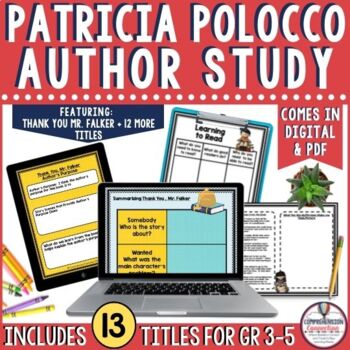

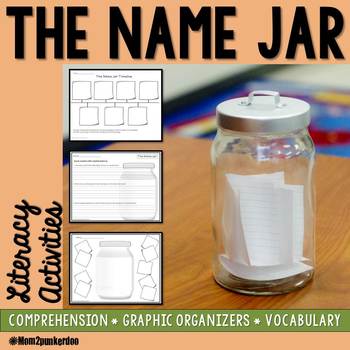

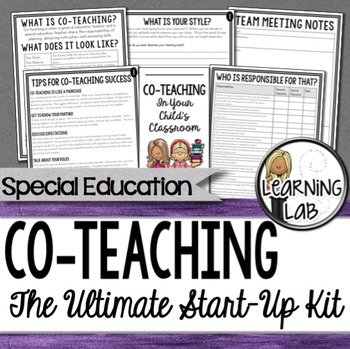
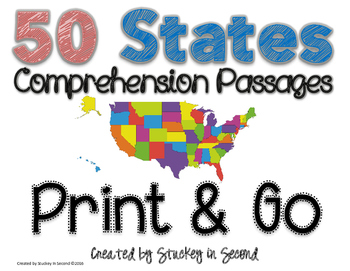
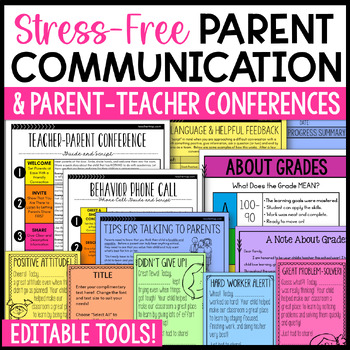
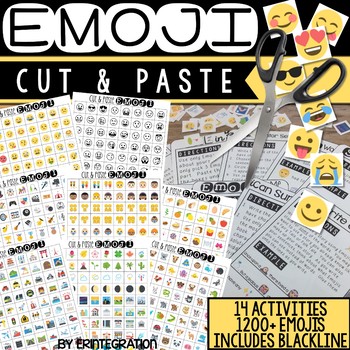
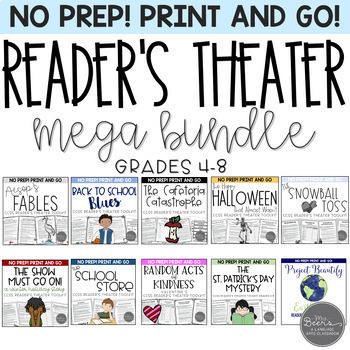
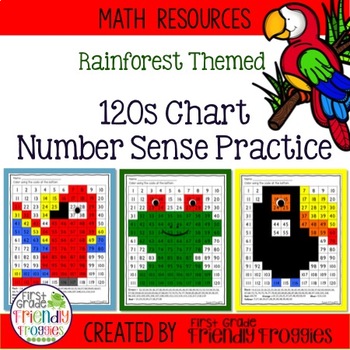

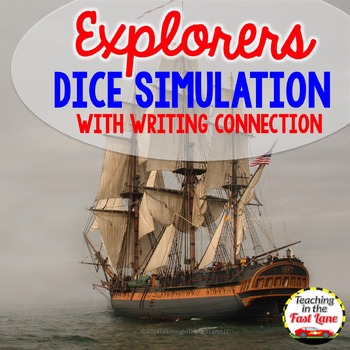





















0 comments:
Post a Comment